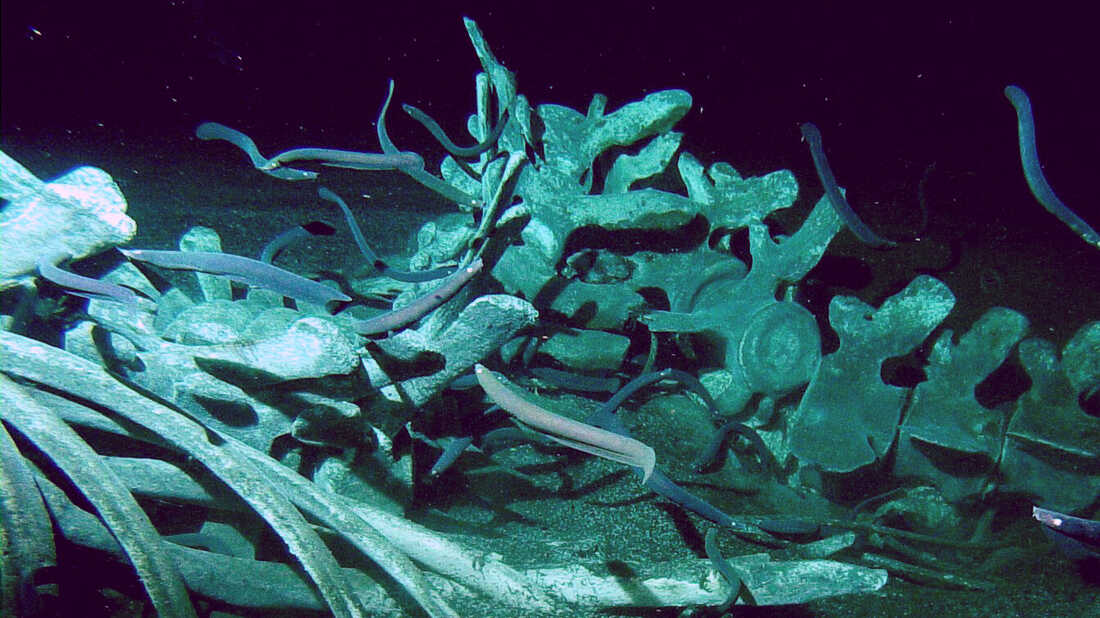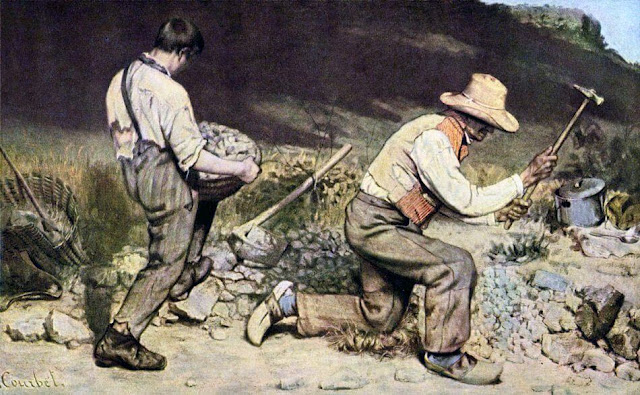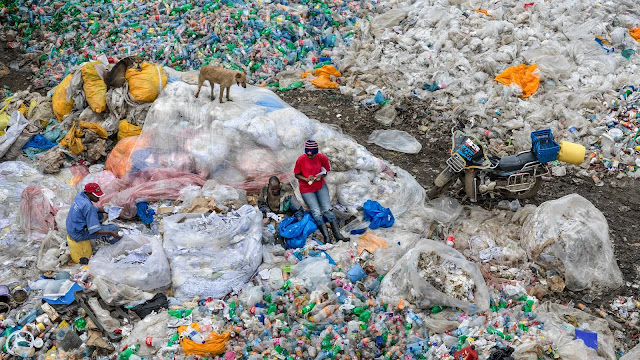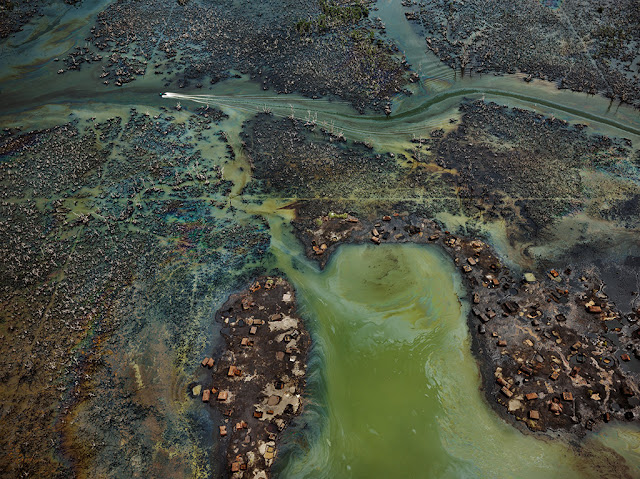Artists research:
Sunday, 10 January 2021
Development: Portrait & Identity
Wednesday, 6 January 2021
Development: Anthropocene
Development: thinkings and reflections
But also now the second one too: LO2 – Display development and synthesis of your own individual creative responses and communicate your ideas through the use and manipulation of materials and processes with the informed use of visual language.
Presentation Research
Q: “Beyond the stratigraphic discussion, the Anthropocene can be felt as a call to re-imagine the human through biology and geology” (Davis & Turpin 2015: p.20). Discuss how two artworks have ‘re-imagined the human’ in this context.
1. Jae Rhim Lee, Infinity Burial Suit, 2011
Think of the relationship between body and environment
2. What is the Anthropocene
Reading/text
3. Caspar David Friedrich, The Sea of Ice, 1823-24
wild Nature as a mirror to the psyche of the individual artist turmoil
4. Pinar Yoldaş
5. Reading
‘Introduction’ to H. Davis & E. Turpin (2015) Art in the Anthropocene. London: Open Humanities Press.
Reference:
how-the-mushroom-death-suit-will-change-the-way-we-die-a52f486dc816
eco-visionaries-ra-design-exhibition
the-anthropocene-project-captures-humanitys-indelible-mark-on-the-planet
anthropocene-the-human-epoch-review.html
Mini presentation: 2 min describing the q & theory context 2 min Describe analysing the artwork 2 min the other artwork 4 min situating and comparing/ contrasting artworks to theory and question
Whale Carcasses
From birth to death, whales belong to nature. These ancient creatures come back to the ocean and their bodies benefit other sea species. Evi...

-
This is the sketch to make sure whether the pattern on garment works. I design a Kimono, it is also an element shows Royalty. ...
-
The title is clear and it's s in an appropriate position now. Then I started to customise other parts. However, I found out Wix doe...
-
After I finished customising my Home page, I moved on About page to change the image and began to write my Bio. I added my Logo to the left-...










